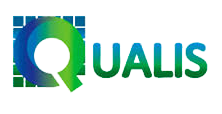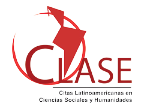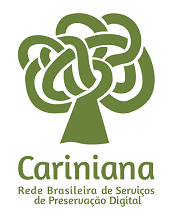Knowledge organization systems
an updated typology
DOI:
https://doi.org/10.5433/1981-8920.2011v16n2p122Keywords:
Knowledge organization, Knowledge organization systems, Documentary languagesAbstract
In the last twenty years, two simultaneous processes of evolution and diversification of the instruments used for the representation and thematic retrieval of documents and other information resources have taken place. To the progressive development of classification systems, thesauri and lists of headings, new conceptual structures that are linked to specific computer applications (ontologies) or other specific purposes within the circuit of information (synonym rings), were added. In this paper, firstly, several of the generic library science conceptual frameworks for the classification and indexing of documents are identified and analyzed. The use of the generic term "knowledge organization system" is selected and suggested. This system is presented as a structure (plot of concepts) and a representation (systematic replica of accumulated knowledge, which is sometimes seen from a certain philosophical or epistemological view) and its essential features are established. Thirteen different types of knowledge organization systems are reviewed. Among other findings, it is established the importance of information professionals to identify, categorize and value each type of conceptual framework, since each of them provides alternative or complementary solutions to problems of representation and topic search.
Downloads
Downloads
Published
How to Cite
Issue
Section
License
Copyright (c) 2021 Informação & Informação

This work is licensed under a Creative Commons Attribution 4.0 International License.
A revista se reserva o direito de efetuar, nos originais, alterações de ordem normativa, ortográfica e gramatical, com vistas a manter o padrão culto da língua e a credibilidade do veículo. Respeitará, no entanto, o estilo de escrever dos autores. Alterações, correções ou sugestões de ordem conceitual serão encaminhadas aos autores, quando necessário.
O conteúdo dos textos e a citação e uso de imagens submetidas são de inteira responsabilidade dos autores.
Em todas as citações posteriores, deverá ser consignada a fonte original de publicação, no caso a Informação & Informação.











